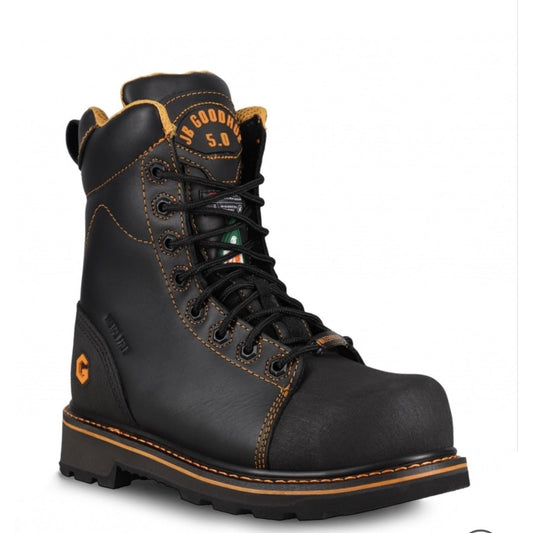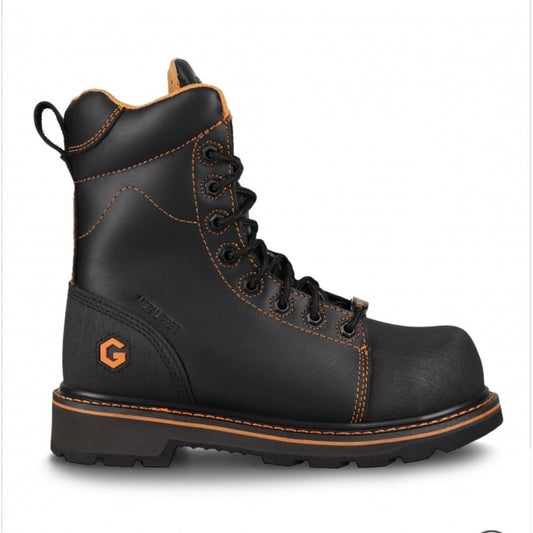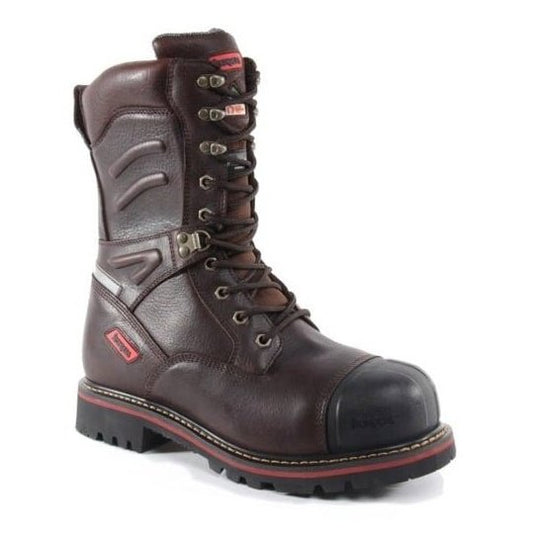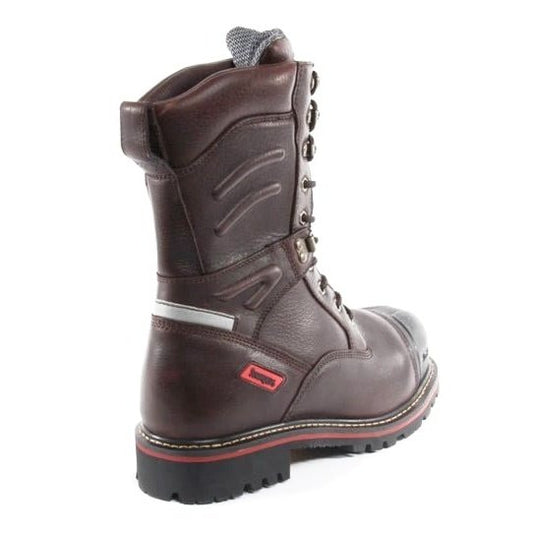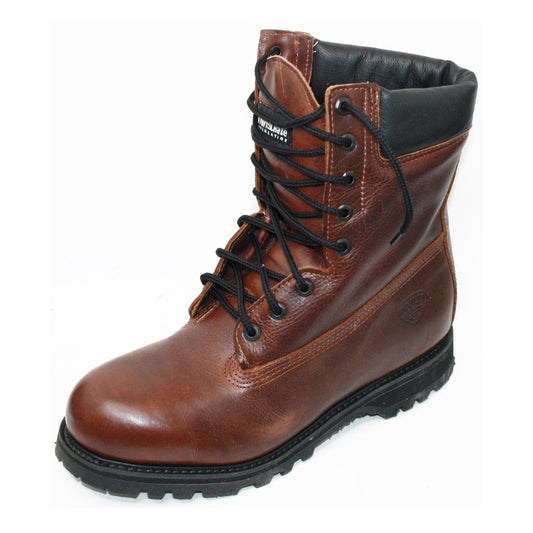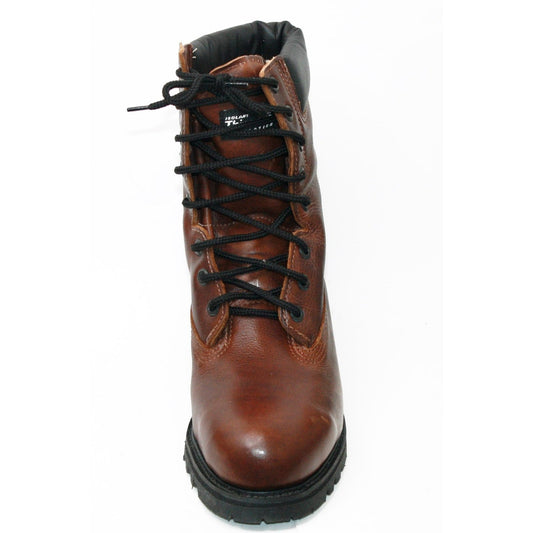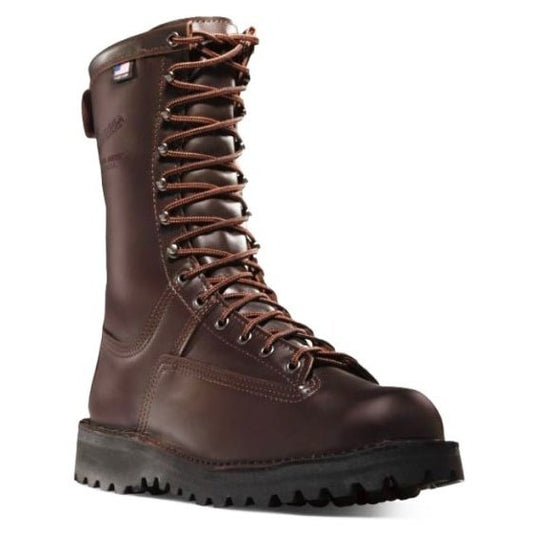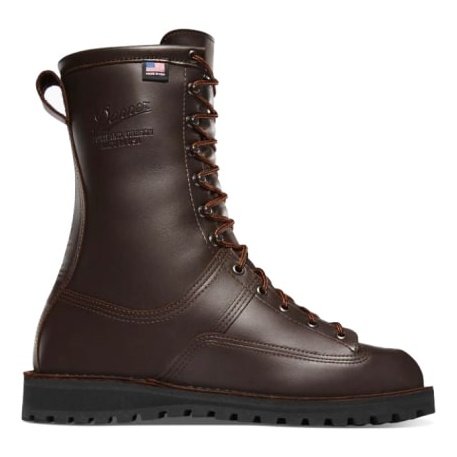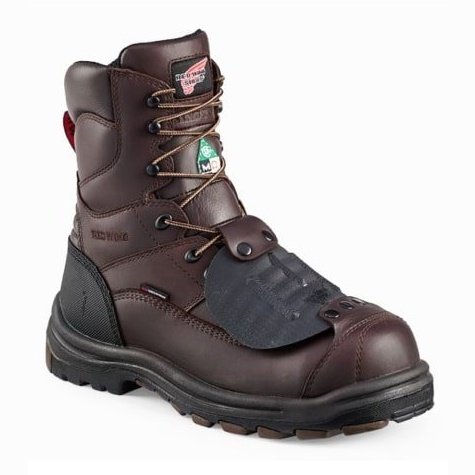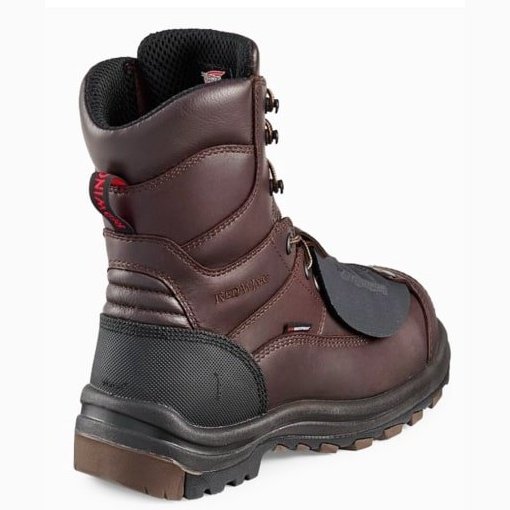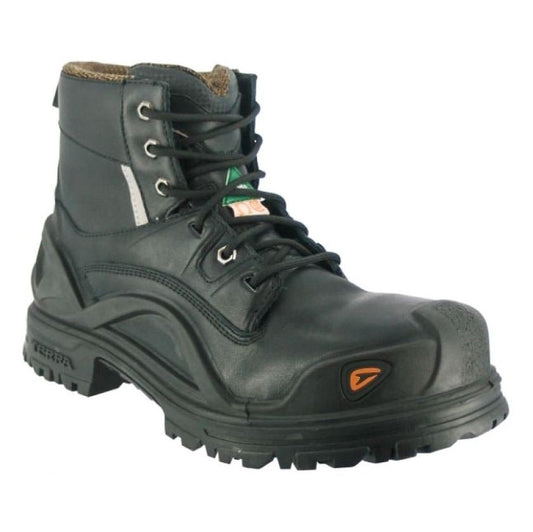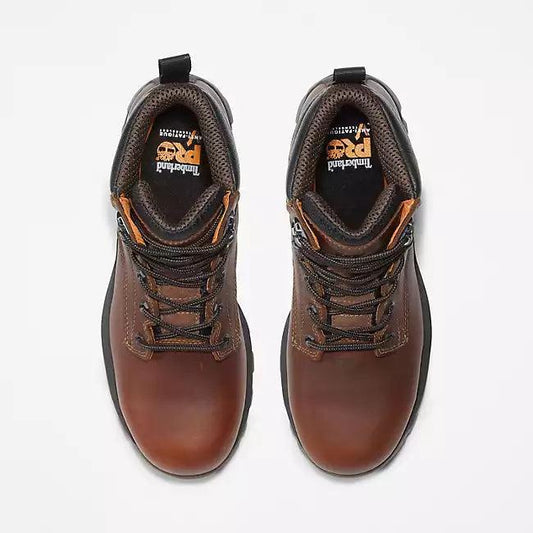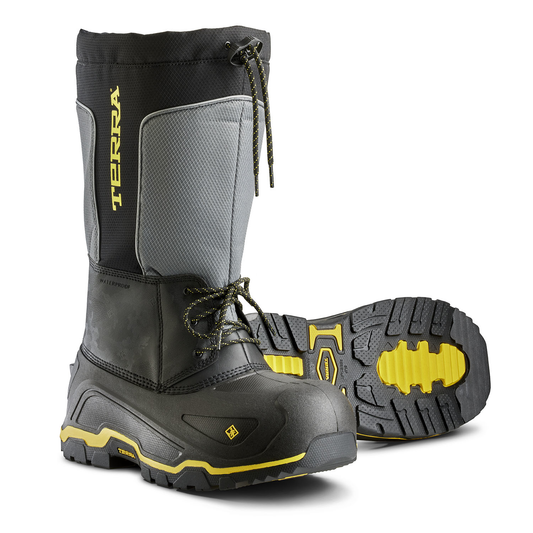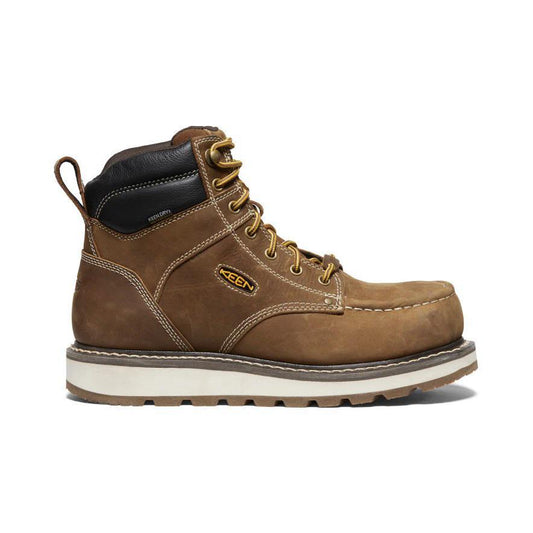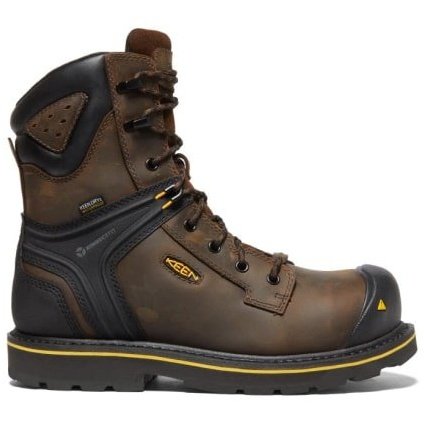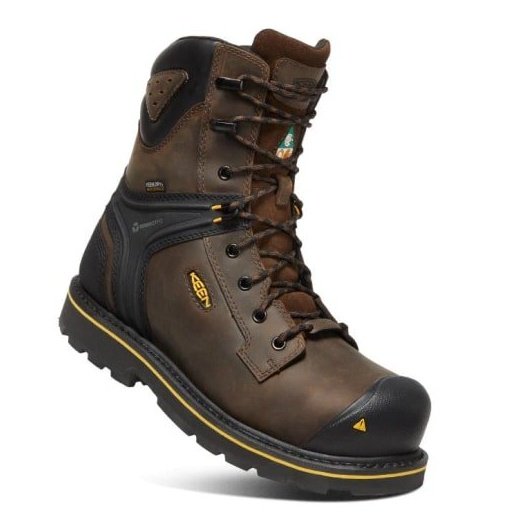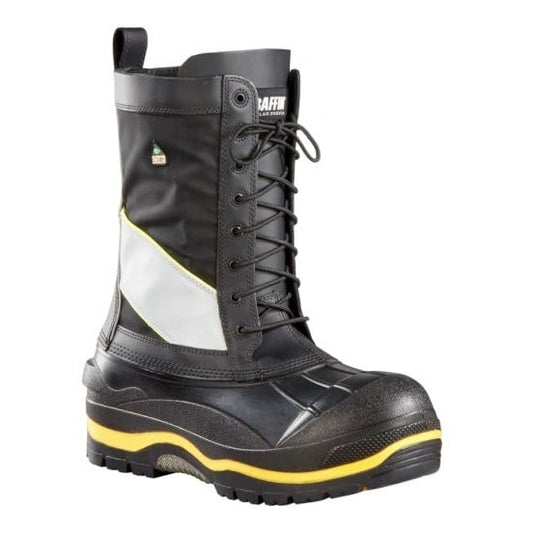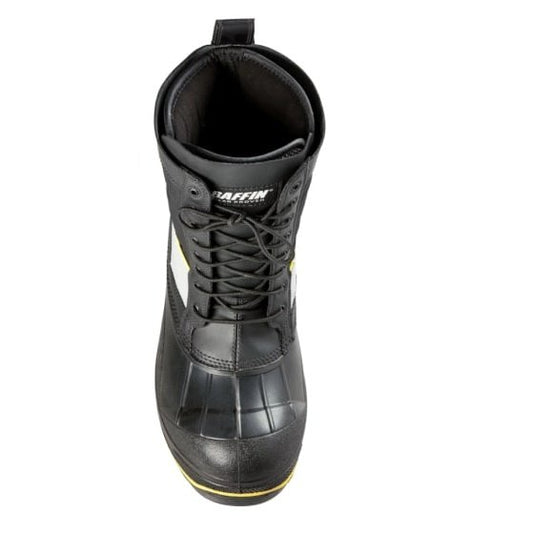Buying work boots online is becoming more and more popular. Wei’s knows ordering work boots online is growing because we send work boot orders to every province in Canada, and almost every State in the United States. We’ve sent orders to Europe, South America, Australia and Asia. Our legendary selection is known.
It’s very convenient for you to order work boots without ever having to leave your home. However, you have to know your feet.
First, think about whether you regularly get blisters or have callouses or corns on your feet. Do you have a high arch or even a fallen arch? Have you ever worn good quality insoles, and have they helped with arch support? What are the characteristics of your feet?
Second, get the right size by measuring each of your feet separately. Measure the length, measure the width, and measure around your arch.
A standard width is a B, and wide is EE. But workboots come in D, single E, and H which is like 4E. Workboots even come in 5E, courtesy of Canada West and Boulet.
Extra long or wide toes will benefit from a longer toe box. Search Wei’s website for work boots that have larger toe boxes by Red Wing, Timberland PRO, Stompers or Keen. You have to be able to wiggle your toes. If you feel pressure on your toes from the steel or composite toe, the boots are too small.
Leather boots will stretch a little as they “wear in” but the stretching is commonly along the arc, or a little in the width. They will not stretch lengthwise.
Third, what kind of boot do you need or want? Do you require an 8-inch boot? Do you require CSA approval, a steel toe, a metguard?
You’ll probably also ask at the jobsite about what boots or brands are recommended, and be clear about any requirements. Make sure you read our FAQ about How to Find the Best Work Boots For You, above, where we discuss boots made for different types of jobs.
Fourth, your own preferences: are you planning to wear thick socks? Do you want extra insulation, or not? Do you want a pull-on or lace-up? What colour?
Now you’ve got your foot characteristics, your size, your jobstie recommendations and your own preferences. You’re ready to shop online at Wei’s Western Wear
Where to start at Wei’s Online? Search for Work Boots, or go under the Men’s tab, and click on Work Boots. Or familiarize yourself with the brands by looking at the Brands tab.
It’s fair to say that Ariat boots and Red Wing boots are some of the most popular boots Wei’s carries. But not everyone prefers them. Each brand has their fans, which is why we have a choice of brands.
Canada West has legions of fans in the US as well as Canada. These are sturdy boots, usually with steel toes, with superior leather, made in Winnipeg. Boulet is another high quality Canadian brand, and they’re made in Quebec. Boulet has just a few work boots styles, and they are very popular. However Boulet prefers to make cowboy boots, and Wei’s has lots of those, too.
JB Goodhue is another Canadian brand with legions of fans, especially for its flat-soled, lace-to-toe designs.
One day we’ll write a blog to go into all the brands we carry at Wei’s.
Please take a look at what Wei’s has to offer for buying work boots online, read our FAQ, and let us know how we can help.


